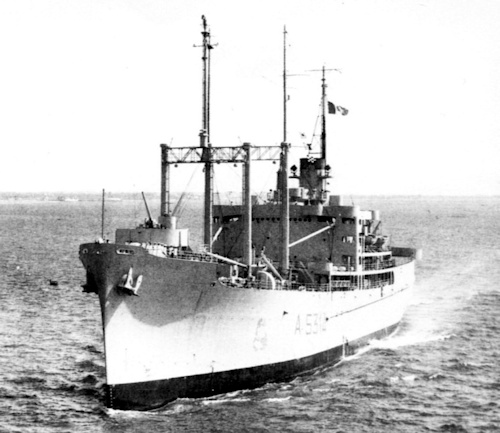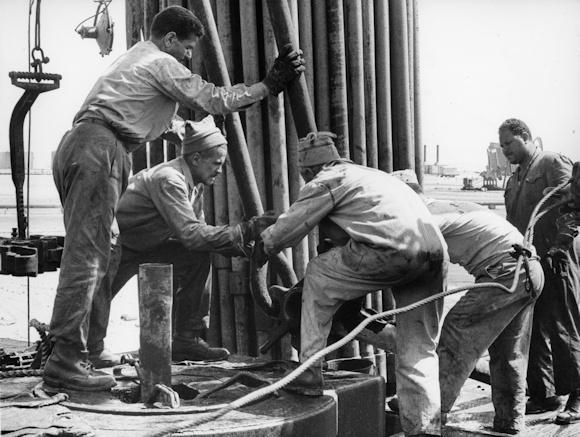In 1971 Italy planned a military operation (the first at a strategic level since the end of the Second World War) to intervene in Libya and overthrow the regime of Colonel Muammar Gadhafi.
Immediately after the seizure of the group of officers, who deposed King Idris, about 30.000 Italians were forced to leave Libya, without anything, with the confiscated lands and blocked bank accounts.
The Italian Executive, then presided over by Emilio Colombo, tried to react to the impudence of the colonel, moving at the same time both on the political and military level. Obviously the public opinion remained in the dark about these maneuvers, not inclined to look beyond the national borders, still crushed by the shameful surrender in the last world war.
The 5 May 1971, Minister of Foreign Affairs Aldo Moro went to Tripoli to restore normal relations with Libya. The objective of the mission was to continue to import the energy products (oil and natural gas) essential to the Italian economy, and at the same time collaborate with the new regime in order to create a specialized local labor force, fundamental for the modernization of Libya.
However, the political initiative alone could not reduce the tension between the two countries, in fact even if there was no possibility of bringing back the Italian settlers in possession of the expropriated lands, the presence of a military deployment ready to hit Tripoli and threatening the revolutionary government of Gaddafi, had a real effect.
The Navy could count on missile cruisers, each with 8 pieces from 76 mm as well as destroyers with 127 mm artillery to support a possible landing of amphibious forces. Several naval units had the ability to operate helicopters from board. Unfortunately, the landing component was very lacking. The SAN MARCO amphibious Battalion had been reconstituted only in the 1964, so it seems conceivable that the Lagunari Serenissima Regiment of the Army would be used, specialized in lake operations. Both departments then had LVTP-5 tracked amphibious vehicles.

Unfortunately there were amphibious units, in line the Navy could only have the ANDREA BAFILE (photo), with a displacement of 13.400 tons, but it was an old US floatplane. In addition, merchant ships adapted for landing operations such as the ETNA and the VESUVIO could be used, but also 240 tons warlike events, perhaps starting them from the ports of Augusta or Lampedusa.
Fundamental would have been the contribution of the GOI (Operating Group Incursori), with their means of assault would have been among the first to hit, plausible their deployment to take possession of the port of Tripoli, attacking at night with their BIR 58, able to approach the objective on the surface and then dive.
In the 1971 the FOLGORE Brigade constituted the strategic reserve of the Army General Staff; in all fire drills the dominant theme was the use of a battalion-level tactical group employed for the preventive conquest of an objective after an airplane. So the parà were the only department of the Armed Forces able to be employed with little warning to send a clear message to the arrogant colonel.
It seems likely that a FOLGORE tactical group, with an airplane (the transfer from Pisa to Trapani should have used at least 6 C-119G, in two sorties), would have had the task of seizing the airport of Tripoli-Mittiga, concurrently with the action of the Navy to seize the port. The air support would have been provided by the Fiat G-91R, which could get on the skies of Tripoli taking off from Lampedusa, while from Sigonella and Trapani would take off the F-104G to ensure air superiority.
Despite the damage suffered by Italian settlers, Moro's mission in Libya - with the military device behind it - he saved the energy interests of Italy, then following increasingly close forms of collaboration, so much so that later the Italian secret services foiled several attacks aimed at overthrowing the regime of Colonel Gaddafi.
(photo: web)












